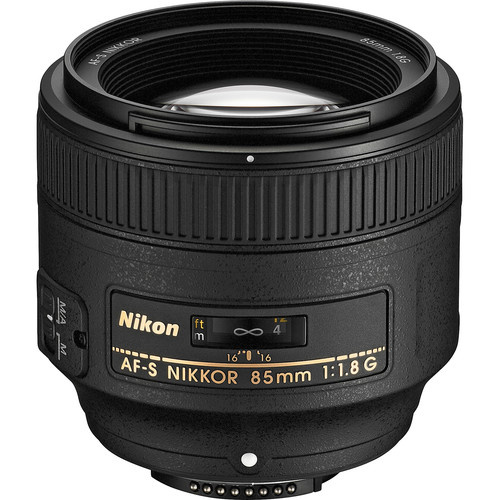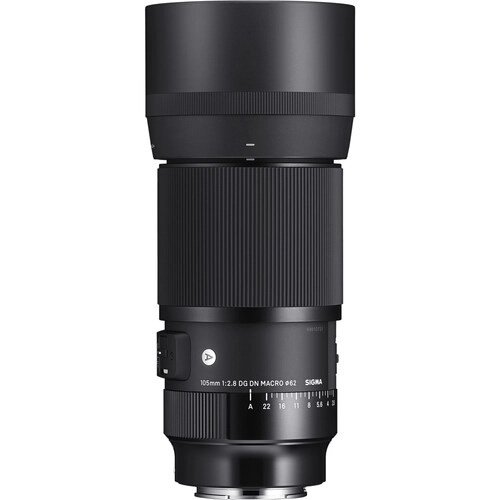There will always be a first time. Choosing the right camera for your purpose will help you with your first steps in photography. Here are some suggestions.
Especially for beginners it’s hard to understand the relationship between skills and gear. After learning the basics of photography, many beginners long for the next lens, because they assume that it will boost their art to the next level. Yet, it’s your creativity that’s most important. The camera is only a tool. Many famous artists break the rules by consciously choosing an unusual setup: tele lenses for landscapes, wide angles for faces… everything is possible.
Learning the basics is the first step for most beginners, though. When you know the rules, you know how and when to break them. Starting your photographic journey on the standard lenses, you will slowly learn about their qualities and the effects of mounting a different glass to your camera.
Every setup here is hence a suggestion and not a rule. It’s my own opinion based on experience and taste. The different lenses are lenses that I liked or whish I had when I tried some of the photography fields. I will also try to choose the cheapest option wherever I can.
Portraiture for Beginners: Standard Body, Fast Glass
Portraiture is one of the most common areas of photography. When you are just starting out, it doesn’t matter if you want to get into glamour, corporate, or family portraiture. You need to learn how to photograph people. Later, your road might taper while you’ll focus on your niche, but the basics stay the same.

How to Start Out in Portrait Photography
For portraiture, you usually want a high quality lens, which is not too wide. Personally, I love a focal length of 85mm for headshots, and 50mm whenever I need to see more of the chest or even parts of the leg. Even though a 50mm lens is a little wide for the face alone, I’d go for that option. As a high quality all rounder, the nifty-fifty leaves more space for every day photography. A good portrait lens also comes with a wide aperture, which helps you blur the background and let the face pop.
Your camera should have a high resolution to capture a lot of detail: It is fascinating to see every hair and every nuance of the iris while editing a photograph. For beginners, an APS-C camera will last for that purpose. But beware: the needed focal length of your camera will change accordingly. What looks like 50mm on a full frame camera, is 35mm on a crop sensor. Consequently, an almost-85mm equivalent will be a 50mm lens on a crop body.
Recommended Gear:
- Entry level APS-C DSLR
- First lens: 35mm f/1.8 (approx. 55mm equivalent)
- Second lens: 50mm f/1.8 (approx. 75mm)
Examples:
Landscape: Good Resolution, Standard Lens
Landscape photography is one of the most fulfilling ways to use your camera: hiking to a promising view, discovering the most exciting places on our planet, and watching the sunrise behind a mountaintop takes photography to another level. Plus, you bring beautiful pictures back home. Landscape photography will help you tell travel stories and the results look beautiful in a frame at your wall.

High-quality lenses with a focal length of about 17-35mm are a great choice for landscapes. With third-party manufacturers like Sigma or Tamron you might make a good bargain.
Beginner Setup in Landscape Photography
Almost every beginner’s camera is able to take you there. While a higher resolution will take your landscapes to the next level of detail, 20 megapixels mixed with a decent lens are already enough to print big. I got a 150 cm x 100 cm landscape print from my Nikon D750 and it is more than enough detail for my father’s living room. Even smaller sensors give results that will still be printable.
For landscape photography, a flip screen comes in handy. It helps you check your final image on the display — even if your tripod is placed in the weirdest angles.
Concerning the glass, a kit lens will be fine for beginners. A wide zoom lens of higher quality will even be better. You don’t need wide apertures for landscapes, but you might want some flexibility to frame your shot. Cropping in post-production will reduce your final image’s resolution. Even if I personally love to shoot on 20mm or 24mm prime: A wide-angle zoom lens will help you find the right frame and work on a scene. Later in your landscape photography career you will probably also need a tele lens.
Other gear is more important: A good tripod is without any alternative in landscape photography.
Recommended Gear
- APS-C body with flip screen
- Wide-angle zoom lens
Examples
Product Photography: It's All About the Scenery
What I call product photography describes a wide range of different styles: Still life, commercial products, food photography, cars, and many more objects fall under this category. Whoever wants to capture inanimate objects and present them in their best light mostly works in a controllable environment. No issues with your subject's ego or shyness, no hikes or dependency on the weather.

For detailed shots of details in small products like watches or jewlry, you will need a good macro lens. First, it's important to know the magic of lighting and dealing with props.
No Expensive Camera is Needed for Beginner’s Product Photography
Yet, you need the right gear. While at some point in your career, artificial light will be unavoidable, you can basically start with a flashlight and your camera. In the Fstoppers tutorial The Hero Shot, Brian Rodgers Jr. shows you how to capture professional product photographs even with lights from your local hardware store and your kit lens.
You only need a camera with a good resolution, your kit lens, a tripod, and a lot of space to work with. I tried product photography a few times in my tiny office. It worked. But in a very narrow room, adjusting lights and props is a pain. You will also need a tripod to fix your camera.
Recommended Gear
- APS-C Body with a good amount of megapixels
- Kit lens
Examples
Not Decided Yet?
If you haven’t decided yet, there are two different recommendations which I give to everyone who asks me about cameras.
- Shoot with any camera. Buy it used and look what you like. Often, your journey will take unexpected turns. I started photography because I always thought I would make it into studio portraits and weddings. Over the time, I figured out that I don’t like that too much. Photography finally lead me to documentary work (further down the pay scale, but I love it)
- Limit yourself and learn how to work with imperfections. The nifty-fifty (or nifty-35 on APS-C sensors) is great for beginners. You will learn the rules of perspective, you will learn how to find solutions in problematic situations, and you will learn how to make the best out of what you have. An alternative is 35mm or 24mm. If I ran a photography school, the first semester would be limited to one prime lens only.

A sports and wildlife lens is quite bulky, even if you choose a light tele-zoom like the 70-200mm.
“But I want to shoot travel photography!” Yep, that’s a good argument. But unfortunately, travel photography means a lot of different styles. For learning purpose, it’s best to stay focussed and go step by step. Again, it’s the basics which will make up as a good foundation for more. 35mm is still a good recommendation here.
“And what about wildlife and sports?” Uff… Wildlife and sports are hardly made for beginners. There is a simple reason: money. Of course, you can go and get a 70-200mm lens and shoot away whatever you like. Gear for wildlife and sports is very specialized, though. You can use a fast tele lens (which you need for wildlife and sports) for portraits, products, and landscapes as well… but it’s limited and more expensive.
Learning photography is a long road with no end. Buying gear is a maze.







My teacher always told me to buy the best gear that you can afford. Avoid buying things twice when you're stepping up the game.
Best? Define
Fastest? Highest resolution? Highest range? Or most portable, and most convenient?
I'm curious why the author ignored Fujifilm for portraits.
Something I learned as a beginner over the last year is that kit lenses (modest zoom lenses) that ship with some of these APSC cameras can be a bit confusing to the newbie. You spend time framing with the zoom instead of with your camera placement (or body placement). The most helpful learning technique was actually limiting myself to one prime lens for a month to try and shoot a variety of subjects. Not having the flexibility of zooming, it forced me to get to know the lens better and know what to expect from a specific focal range. For example, I paired a Sony 35mm 1.8 with my a6400. Its an effective focal range of 50mm on a full frame, but I was able to do some portraits, landscape, and product photography. If you're new to a camera/lens, or new to photography in general, try it!
Buy a really good used camera with a good lens. I would buy a Canon 5dMK2 with a 24-105. I used that setup for my first year in digital photography. I came from film and I wanted to go full frame.... You can get that setup at a very low cost and you have pro level equipment at an amateur price. I am sure Nikon, and other manufacturers have the same type of equipment out there.
I wish writers would stop naming brands and start naming specs. Almost any camera will work for any genre of photography. What beginners need to know is what kinds of lenses to buy. For example, for landscapes, buy a 35mm f/1.8 lens for APSC cameras... and so on.